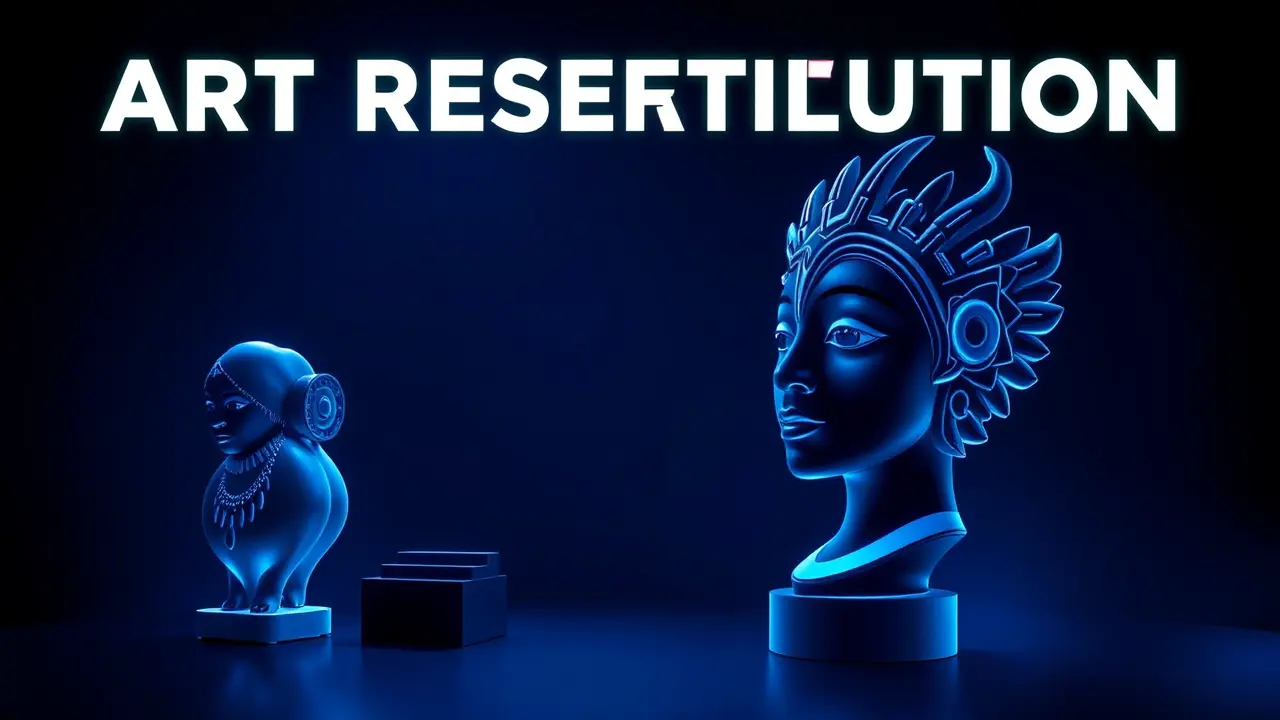
Entertainmenttheatre & artsArt Exhibitions
Western Misconceptions About Art Restitution Explained
LA
Laura Bennett
5 hours ago7 min read
To truly grasp the profound shift happening in art restitution, you have to look past the objects themselves—the bronzes, the masks, the sculptures that make headlines when they travel from a European museum back to West Africa. The real story, the one I've heard in countless conversations with curators, artists, and community elders, is about repairing a severed circulatory system.For over a century, the removal of these cultural treasures didn't just empty a shelf; it dismantled an entire ecosystem of knowledge, opportunity, and creative continuity. Imagine a young artist in Benin City today, whose access to the foundational masterpieces of their own heritage is mediated by a digital scan from a museum in Berlin.The physical return of an artifact is a powerful, necessary gesture, a symbolic suture. But the deeper work, the work that institutions like the Museum of West African Art (MOWAA) are undertaking, is the reconstruction of the muscle and sinew around that bone.It's about building conservation labs that can rival those in London or Paris, establishing academic programs where scholars can study these works in their original context, and creating a vibrant market that empowers contemporary artists rather than just repatriating ancient ones. The Western misconception, a view I've encountered often in my dialogues, is that this is a simple transaction, a matter of correcting a historical inventory error.In reality, it's a form of nation-building. When a looted artifact returns, it doesn't just fill a void; it becomes a catalyst.It can inspire a new generation of sculptors, inform public school curricula, and attract cultural tourism that funds local infrastructure. This isn't about placing blame; it's about restoring agency.The narrative is shifting from one of loss to one of renaissance. The energy in cities like Lagos and Accra is palpable—there's a sense of reclamation that goes far beyond the physical object.It's about reclaiming a narrative, an economic future, and the right to define one's own cultural destiny. This process, at its heart, is deeply human.It's about the elder who can finally show their grandchild a piece of their history without needing a passport, and the young innovator who sees that returned artifact not as a relic, but as a challenge to create the next masterpiece. The ultimate goal of restitution, then, is not to create a static archive of the past, but to fuel a dynamic, self-sustaining creative future for West Africa, built on a foundation that was, for too long, held hostage elsewhere.
#Restitution
#West African Art
#Cultural Heritage
#MOWAA
#featured
Stay Informed. Act Smarter.
Get weekly highlights, major headlines, and expert insights — then put your knowledge to work in our live prediction markets.
© 2025 Outpoll Service LTD. All rights reserved.